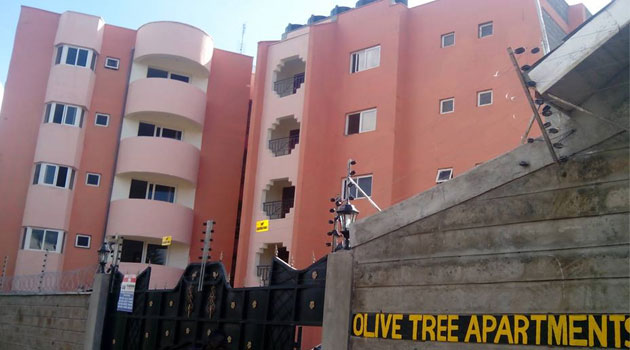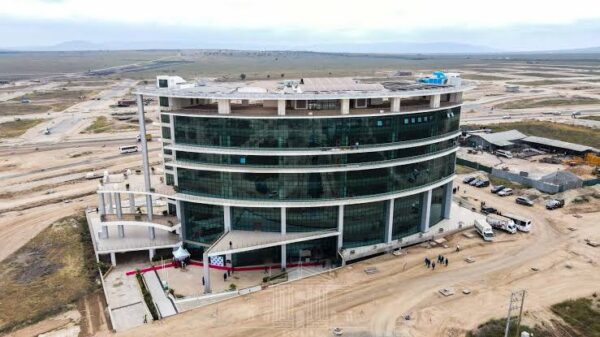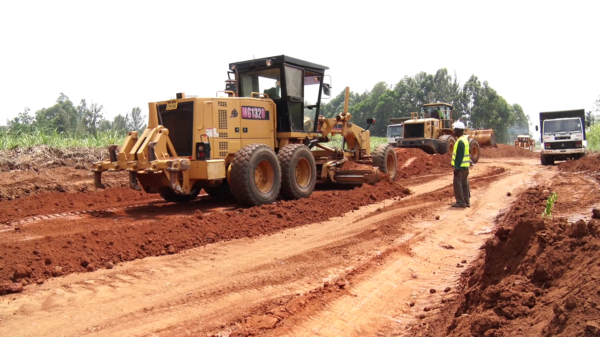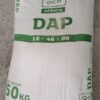
The report by Cytonn Investments said this is driven by relatively high uptake averaging at 26.6 per cent per year, and good returns ranging from 10.1 per cent to 13.9 percent for apartments/FILE
NAIROBI, Kenya, Jul 7 – Kilimani, Westlands and Thindigua are the best areas for apartment development while Karen, Runda Mumwe and Ruiru are best suited for detached units’ development according to a new report.
The report by Cytonn Investments said this is driven by relatively high uptake averaging at 26.6 per cent per year, and good returns ranging from 10.1 per cent to 13.9 percent for apartments.
Detached units returns range from 8.8 per cent to 11.7 per cent per year with an uptake averaging at 23.8 per cent, and availability of development land, which makes it affordable for developers to invest in these areas.
The report noted that the factors that will continue to drive the residential sector are an attractive demographic profile, increased household incomes, improving infrastructure, and government incentives and initiatives such as the inclusion of Affordable Housing as part of the Big 4 Agenda.
“Incentives such as the 50.0 per cent corporate tax cuts for developers of at least 100 affordable units annually, scrapping of NEMA and NCA fees and provision of public land for development are likely to encourage the involvement of the private sector in provision of Affordable Housing, and thus we are likely to see redirected efforts towards supply for the lower-middle and low-income market segments” said Johnson Denge Senior Manager, Regional Markets at Cytonn.
The key challenges in the sector remain to be increasing land costs, inadequate infrastructure in some areas and limited access to funding in the private sector for both developer and home-buyer financing.
According to the report, the residential sector recorded total annual returns of 8.2 per cent in 2017/18, a 1.2 per cent points decline from the 9.4 per cent total returns recorded in 2017 attributable to the protracted electioneering period in 2017, as well as tight access to financing as a result of the interest rate caps.
Denge says the real estate sector is still attractive for investment, supported by positive fundamentals such as an attractive demographic profile, increasing household incomes, and a stable macroeconomic environment.
“Despite the decline, areas such as Kilimani, with good infrastructure and easy access to main business nodes, recorded double-digit returns of up to 13.9 per cent per annum, as they continue to attract interest from investors and the expanding middle class,” he added.
As per the KNBS Economic Survey 2018, the number of recorded employed persons came in at 16.8 million people in 2017, a 5.6 per cent increase from 15.9 million persons recorded in 2016, while average monthly wage came in at Sh57,008 per person in 2017, a 6.1 per cent increase from Sh53,733 reported in 2016.
This has resulted in increased disposable income resulting in higher demand for formal housing,
Moreover, Kenya’s population has been growing at 2.6 per cent per annum over the last five years compared to a global average of 1.2 per cent, creating demand for dwelling units.
Additionally, the urbanization rate in Kenya is relatively high at 4.4 per cent, compared to the global average of 2.1 per cent, necessitating the need for adequate housing units in the urban areas.



































